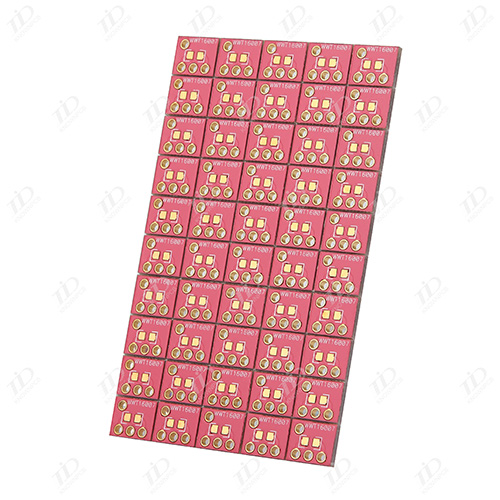 +86 755 2794 4155
+86 755 2794 4155  sales@knownpcb.com
sales@knownpcb.com
-
Shenzhen KNOWNPCB Technology Co., Ltd.
 +86 755 2794 4155
+86 755 2794 4155  sales@knownpcb.com
sales@knownpcb.com
 2024-01-25
2024-01-25
 304
304

What are the design requirements for PCB printed circuit boards in PCB sampling? Let's take a look together:
1. Accurate
This is the most basic and important requirement for printed circuit board design. Accurately implement the connection relationship of the electrical schematic diagram to avoid errors such as "short circuit" and "open circuit". Generally, products need to undergo more than two rounds of trial production and modification, while CAD software with strong functions has inspection functions to ensure the correctness of electrical connections.
2. Reliable
A correctly connected circuit board may not necessarily have good reliability, such as improper selection of boards, incorrect board thickness and installation fixation, improper component layout and wiring, etc., which may cause the PCB to not work reliably.
3. Reasonable
A printed circuit board component is closely related to the rationality of the printed circuit board, from manufacturing, inspection, assembly, debugging to overall assembly, debugging, and maintenance; If the shape of the board is not well selected, it is difficult to process, the lead hole is too small for assembly, and it is difficult to leave a pilot height, all of which may lead to increased costs and extended working hours. It requires the designer's sense of responsibility and rigorous style, as well as the experience of constantly summarizing and improving in practice.
4. Economy
Choosing a low price for the board, minimizing the size of the board, using direct welding wires for connections, and using the cheapest surface technology will result in a decrease in manufacturing prices. However, these cheap choices may result in poor craftsmanship and reliability, leading to an increase in manufacturing and maintenance costs.

Or call +86 755 2794 4155
Inquiry Now

